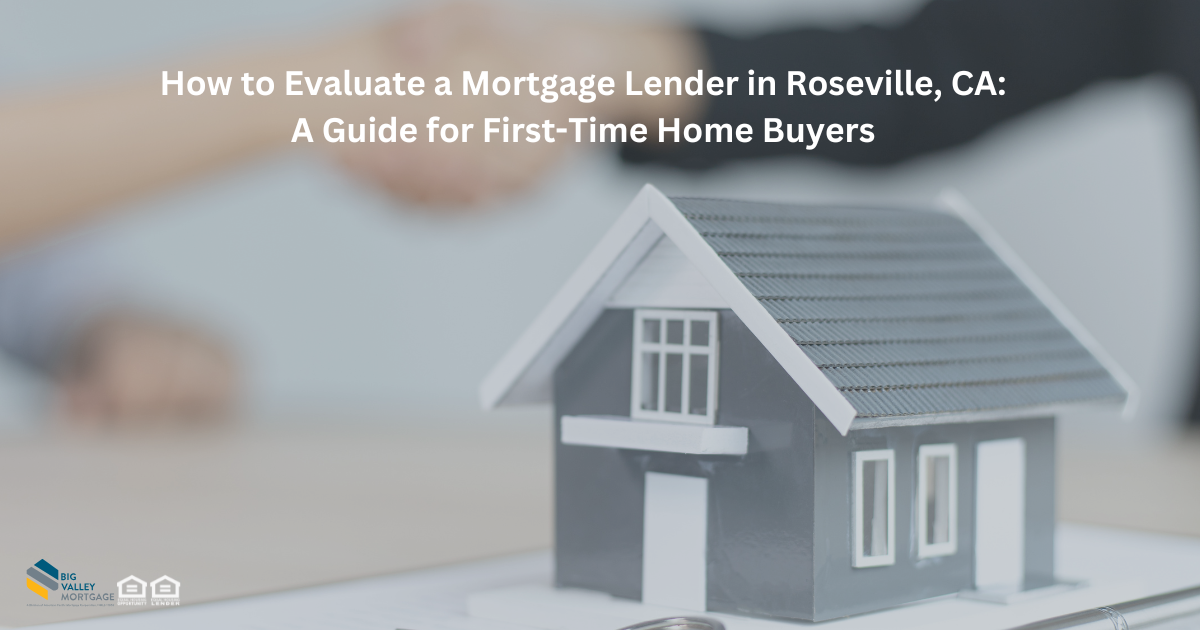Getting pre-approved for a home is an exciting moment! You are getting ready to embark on a wonderful journey toward homeownership. But before you take the initial steps toward the home buying process, you must understand how to properly prepare. So, let’s take a look at how to properly get pre-approved for a home loan.

Before You Begin
Before you begin taking the initial steps towards the pre-approval process, having some foresight as to which financial factors your lender will be assessing you on (Capacity, Capital, Collateral, and Credit) can better prepare you for securing the loan, rate, and home that you are in the market for.
- Capacity – This looks at the stability of your income and then compares your qualifying income to your debts. The goal is to keep your Debt-To-Income Ratios within reasonable ranges. Each program has different guideline allowances.
- Capital
– You must have enough assets to cover the Down Payment requirement as well as the closing costs associated with your transaction. It is helpful, and considered a “compensating factor”, to have additional funds for reserves. You will be asked to document where your funds are and that they are yours to utilize.
- Collateral – The home you are buying will be used as the security for the loan. The value and condition of the property will be appraised and is part of the qualifications for the loan.
- Credit
– Lenders are very careful to review your credit profile along with your credit scores. Derogatory credit can affect your qualifications by causing your interest rate to be increased and even cause your loan application to be denied. On the other hand, higher credit scores can help to lower the interest rate offered and improve your chances of approval.
* Collectively referred to as the Four C’s of Underwriting, these aspects that your financial history is built on are also institutionally recognized standards that will impact the dollar amount and rate that you will qualify to be approved for.
The Difference Between Pre-qualifying and
Pre-approval
Mortgage Pre-qualification
Many Loan Officers will reach out to a potential buyer and ask for financial information…This pre-qualification process can be done in person, online, or by phone and is where you layout information such as your credit, debt, income, and your assets. By looking at your overall financial situation, the lender can estimate how much you might be able to borrow towards buying a home. They will then give the potential buyer an idea of what they might qualify for and even write them a “PreQual Letter”. But this is not enough today to just estimate what they might qualify for!
What Does Pre-Approved for a Home Loan Mean?
With the limited inventory of homes available today in most markets, it is more important than ever to go in strong with any offer to purchase. A big part of showing strength is ensuring the Seller that you have all your financing in order. At Big Valley Mortgage, we do that by actually taking the time to have you fill out a mortgage application, gather your financial documents, and have an underwriter review your file. This allows you to make stronger offers knowing you have already been approved and can close much quicker! Your pre-approval of your finances serves as proof to sellers that you are a serious buyer… over other buyers who might also have made a bid on the same home.
Skip Pre-qualification and Jump Right to Pre-approval with Big Valley Mortgage
When you are ready for the first steps towards purchasing a home, submitting your loan application with Big Valley Mortgage means that you can forgo the pre-qualifying process and instead begin collaborating with your Loan Officer on reviewing your financial history to serve as proof of your capacity to pay off your future mortgage. This collaboration effort takes the place of the pre-qualifying process because our Loan Officers work with you in gearing you up for a pre-approval. Going over your – Capacity, Capital, Collateral, and Credit- with you to ensure your success in having secured the financing of your loan and future home.
Ready to take the first step toward pre-approval?
Preparing the Required Documents for Pre-approval
To be pre-approved for a home loan, you will need to provide specific documentation that will allow your lender to ascertain your ability to sustain payment of your mortgage over time.
Your employment history and income will need to be verified. An annual W2, your federal and state tax returns for the last two years, and your two most recent pay stubs will be required in determining your income.
Be prepared for additional financial aspects built on a two-year time frame to be assessed throughout the pre-approval process. Lenders typically look for a minimum of a two-year history of a steady income in addition to reviewing your tax returns.
Now that your verification of income and employment documents have been compiled, you will then also be required to gather documentation that substantiates your assets. You will need to provide the most recent 60 days of bank statements from all financial accounts that will be utilized for the down payment and closing costs associated with your transaction.
In evaluating your assets also comes a review of your debts. A credit report will be run to help determine not just your credit scores, but the debts that you owe. This review can include monthly debt payments such as student and or car loans, a preexisting mortgage, and credit cards. If you do however have no credit history then providing utility bill payments to establish your capacity to make good on financial obligations can be sufficient with some loan programs.
All this documentation will be used to help determine the loan amount that you qualify for and the interest rate to be offered.
View our article on documents needed for the pre-approval process.
Conclusion
Getting a home loan can be easy! Big Valley’s approach to navigating you through the approval process aims to streamline the assessment of your Capacity, Capital, Collateral, and Credit and help secure the best interest rate possible.
If you are looking to get pre-approved and to speak with a loan officer, don’t hesitate to submit a quote request and get the conversation started!
References:
http://www.freddiemac.com/blog/homeownership/20171204_4Cs_qualifying_mortgage.page
http://www.freddiemac.com/blog/homeownership/20191218_making_a_homebuying_list.page?
BVM Resources:
https://www.bigvalleymortgage.com/how-many-credit-checks-before-closing-on-a-home/
https://www.hsh.com/finance/mortgage/preapproval-letter.html
https://www.expertmortgageassistance.com/mortgage-underwriting/
https://www.expertmortgageassistance.com/insights/articles/the-4-cs-of-mortgage-underwriting/
https://www.nerdwallet.com/blog/mortgages/pre-qualification-vs-preapproval-whats-difference/
Author: Amber Lua, an employee with Big Valley Mortgage.
*The views, articles, postings, and information listed at this website are personal and do not necessarily represent the opinion or the position of Big Valley Mortgage.*












